Travelling can be an exciting and enjoyable experience, but the process of packing and moving luggage can be a daunting task.
Carrying luggage on top of your car can be a convenient way to transport your belongings on a road trip or long-distance journey. However, this can also be risky and dangerous without proper knowledge and technique. Therefore, learning how to carry luggage on top of your car safely and effectively is essential.
Here we’ll guide you through the step-by-step process of adequately securing and transporting how to carry luggage on top of car. We’ll provide tips and tricks to help you avoid common mistakes and ensure your luggage stays safe and secure throughout your journey. Additionally, we’ll discuss some essential tools and equipment that you’ll need to make this task more accessible and more efficient.
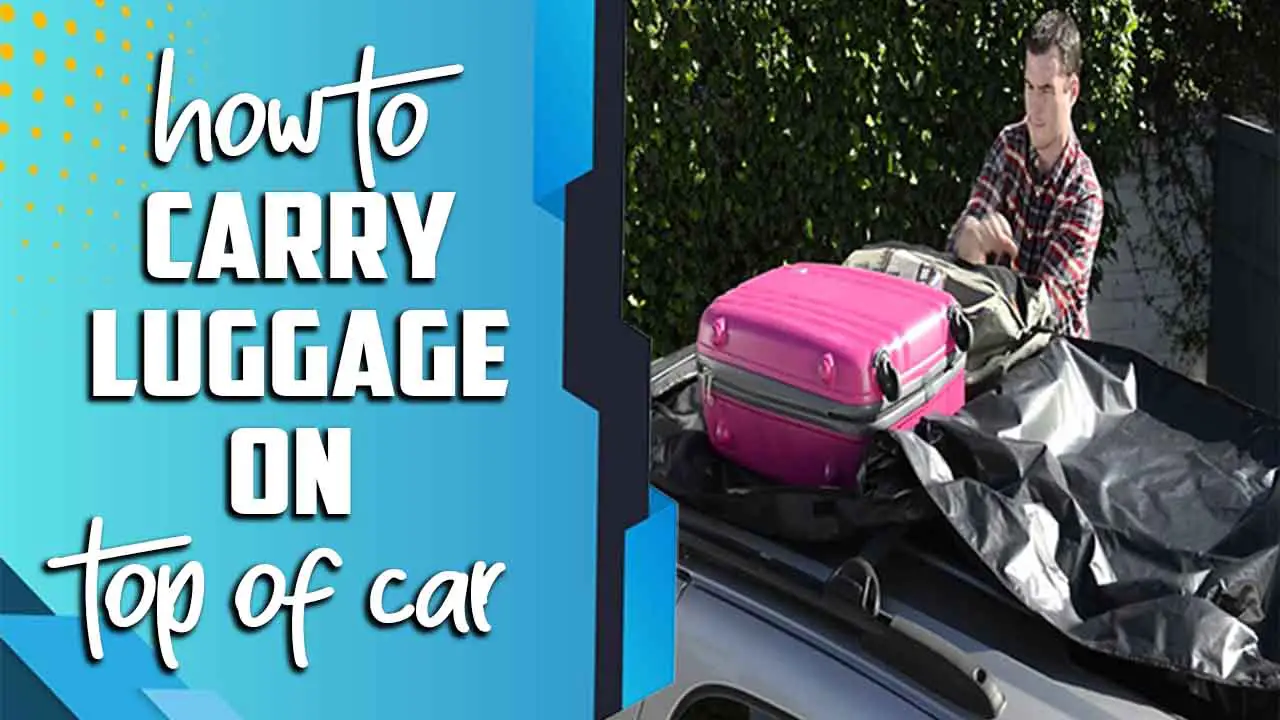
How To Carry Luggage On Top Of Car – 7 Steps
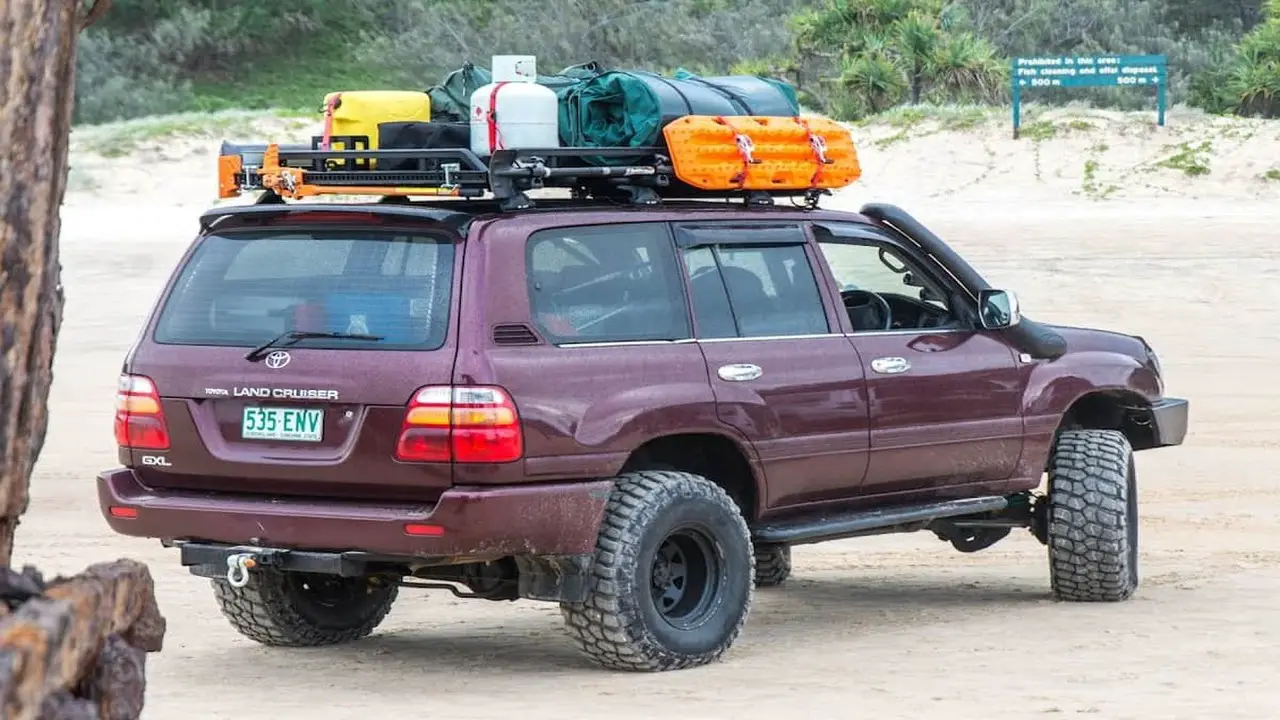
To carry luggage on top of a car, ensure it’s secure and won’t shift during travel. Use a roof rack or cargo carrier if available. Place heavier items at the centre for stability. Use straps or bungee cords to tie the load, ensuring a tight fit. Protect items with a weatherproof cover.
Drive cautiously, avoiding high speeds and abrupt manoeuvres. Regularly check the load during the journey. Follow manufacturer guidelines and weight limits for your car and roof rack. Safely loading and securing luggage prevents accidents and damage to the items and the vehicle. Here is a Step-by-Step Guide on how to carry luggage on top of car.
Step 1: Choose The Right Roof Rack Or Roof Bars
Choosing the right roof rack or roof bars is essential for safe and efficient luggage transport on top of your car. Firstly, determine your car’s compatibility with roof racks by checking the manufacturer’s guidelines or seeking advice from an auto expert.
Consider the type of load you’ll carry, such as skis, bikes, or general luggage, to select the appropriate rack design. Roof racks can be permanent or temporary; the latter is a better option if you don’t use them frequently.
Roof bars should be sturdy, correctly installed, and evenly loaded to prevent damage and maintain stability during travel. Always secure the luggage tightly using straps or cargo nets, and avoid exceeding the car’s weight limit. Regularly inspect the roof rack for any signs of wear and tear to ensure a safe journey.
Step 2: Gather Your Luggage
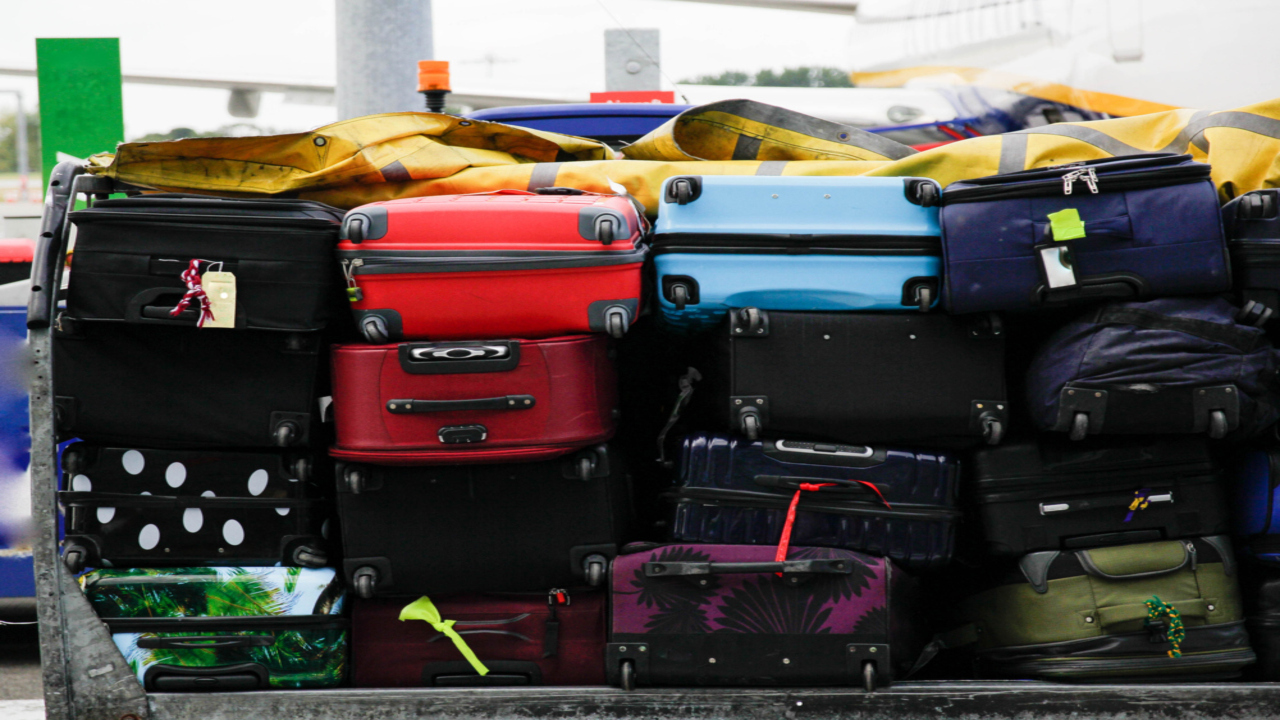
Follow these steps to gather your luggage and carry it on top of your car. First, organize and pack your belongings in sturdy, secure bags or suitcases to prevent damage during the journey. Next, ensure your car has a roof rack or bars installed to provide a stable platform for the luggage.
Place a protective mat or blanket on the roof to safeguard against scratches. Lift the bags onto the roof, distributing the weight evenly to maintain balance. Use solid straps or bungee cords to securely secure the luggage to the roof rack, ensuring they are firmly attached.
Double-check that all doors, windows, and trunks are closed securely. Lastly, drive cautiously, avoiding high speeds and sharp turns to ensure a safe and successful trip with your luggage securely fastened atop your car.
Step 3: Prepare The Roof Rack
Preparing the roof rack to carry luggage on top of a car involves several steps. Firstly, ensure that the roof rack is properly installed and secured to the vehicle’s roof following the manufacturer’s guidelines. Next, choose suitable luggage carriers or containers that fit securely onto the rack.
Organize and pack the luggage efficiently to prevent shifting during travel. Distribute the weight evenly across the roof to maintain vehicle stability and reduce wind resistance. Use sturdy straps or tie-downs to secure the luggage tightly to the roof rack, checking for any loose parts before setting off.
t’s essential to consider the car’s height clearance and be cautious of potential overhead obstacles. Lastly, drive cautiously, maintaining appropriate speeds and adjusting driving habits due to the extra weight on the roof to ensure a safe journey.
Step 4: Use A Roof Box Or Cargo Bag
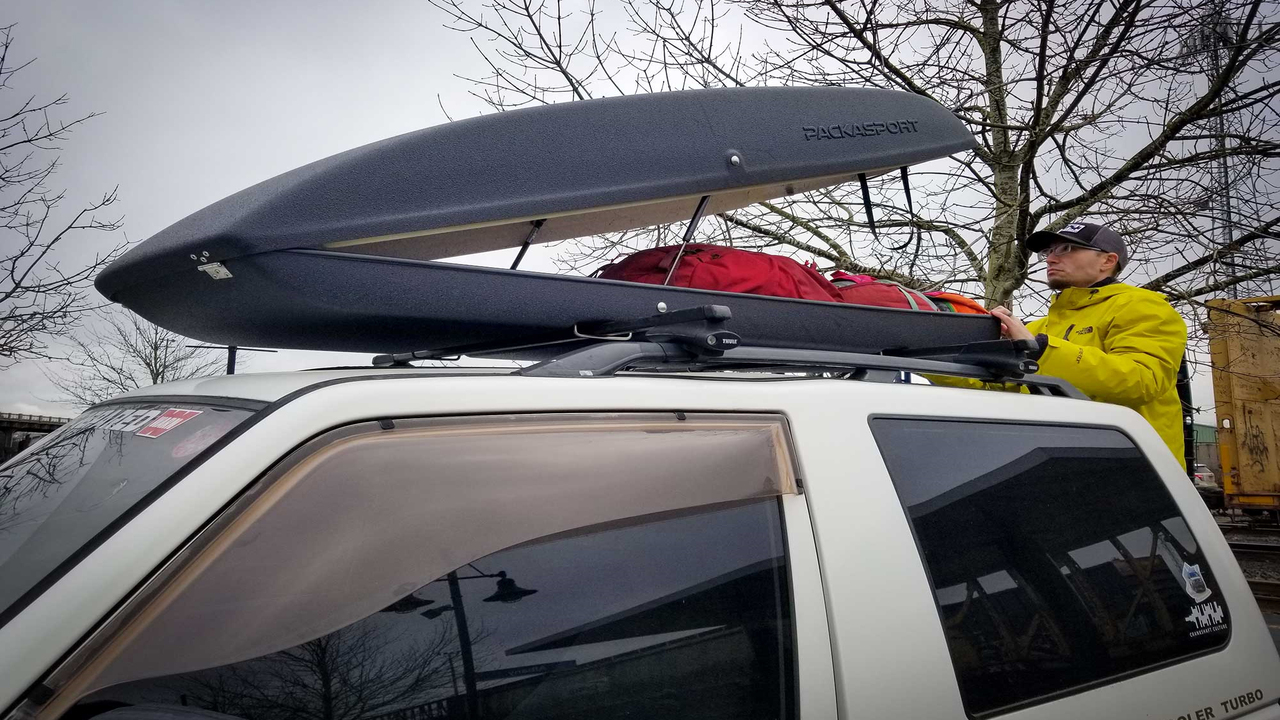
When carrying luggage on your car, you have two popular options: a roof box or a cargo bag. A roof box is a hard-shell container that provides protection from the elements and added security. It’s ideal for long trips and valuable items.
Roof boxes come in various sizes, offering ample storage space. On the other hand, a cargo bag is a flexible, waterproof option that can accommodate bulky or oddly-shaped items. It’s easy to store when unused and is generally more budget-friendly than a roof box.
Whichever option you choose, install a roof rack on your car for proper attachment. Securely fasten the box or bag, distribute the weight evenly, and avoid exceeding the car’s weight limit. Regularly check the fittings to ensure a safe and enjoyable journey.
Step 5: Load The Luggage Onto The Roof
To load luggage onto the roof of a car, follow these steps. First, ensure your car has roof rails or crossbars installed. If not, consider getting them installed to provide a stable base. Next, select a suitable roof cargo box or roof rack that matches the size of your luggage. Place the luggage inside the cargo box, securing it tightly with straps or bungee cords.
Alternatively, use a roof bag, making sure it is waterproof and well-sealed. Distribute the weight evenly and avoid exceeding the car’s weight limit. Carefully lift the luggage onto the roof and use assistance to prevent injury. Double-check all attachments before driving, and drive cautiously, mindful of the added height and weight while on the road.
Step 6: Secure The Luggage
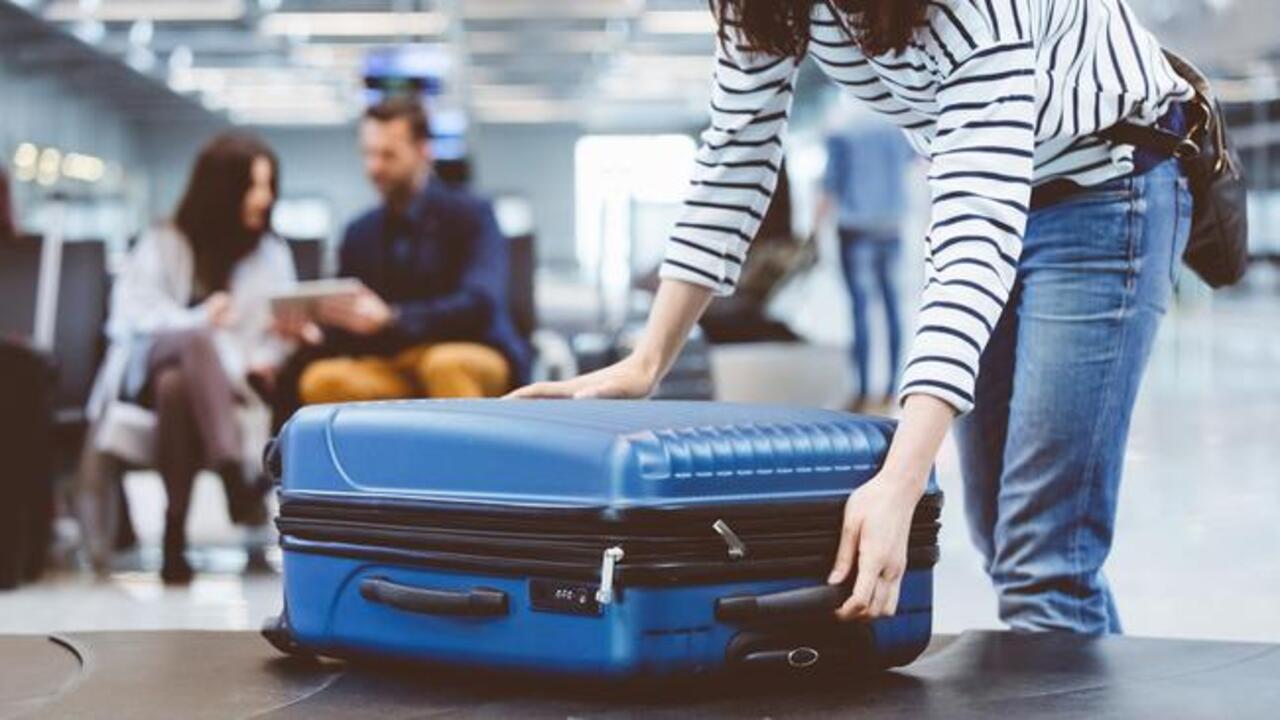
Securely carry luggage on top of a car; follow these steps. First, choose a quality roof rack or cargo carrier that fits your car model and size requirements. Ensure the rack is installed correctly and tightened according to the manufacturer’s instructions. Use sturdy luggage straps or cargo nets to secure the luggage to the roof rack, preventing movement during transit.
Pack your belongings in durable, waterproof bags or suitcases, distributing the weight evenly across the roof to maintain stability. Double-check that all doors and windows are securely closed before setting off.
Avoid exceeding the car’s weight limit and keep the luggage height within the legal restrictions to maintain safe clearance. During the journey, periodically check the straps for tightness and re-secure if necessary. Following these steps ensures a safe and hassle-free journey with luggage securely strapped to the car’s roof.
Step 7: Check And Double-Check
To ensure a safe and efficient way of carrying luggage on top of a car, follow these steps to check and double-check your setup. First, choose a suitable roof rack or carrier for your vehicle’s make and model. Confirm that it’s securely attached and can handle the weight capacity of your luggage.
Next, pack your items in sturdy, weather-resistant bags or boxes to prevent any damage during transit. Before hitting the road, carefully distribute the weight evenly on the roof to maintain balance and stability. Use quality straps or tie-downs to secure the load tightly, eliminating any chance of shifting during the journey. Double-check all connections and ensure there are no loose ends.
Maintaining Your Car Rack And Luggage Accessories
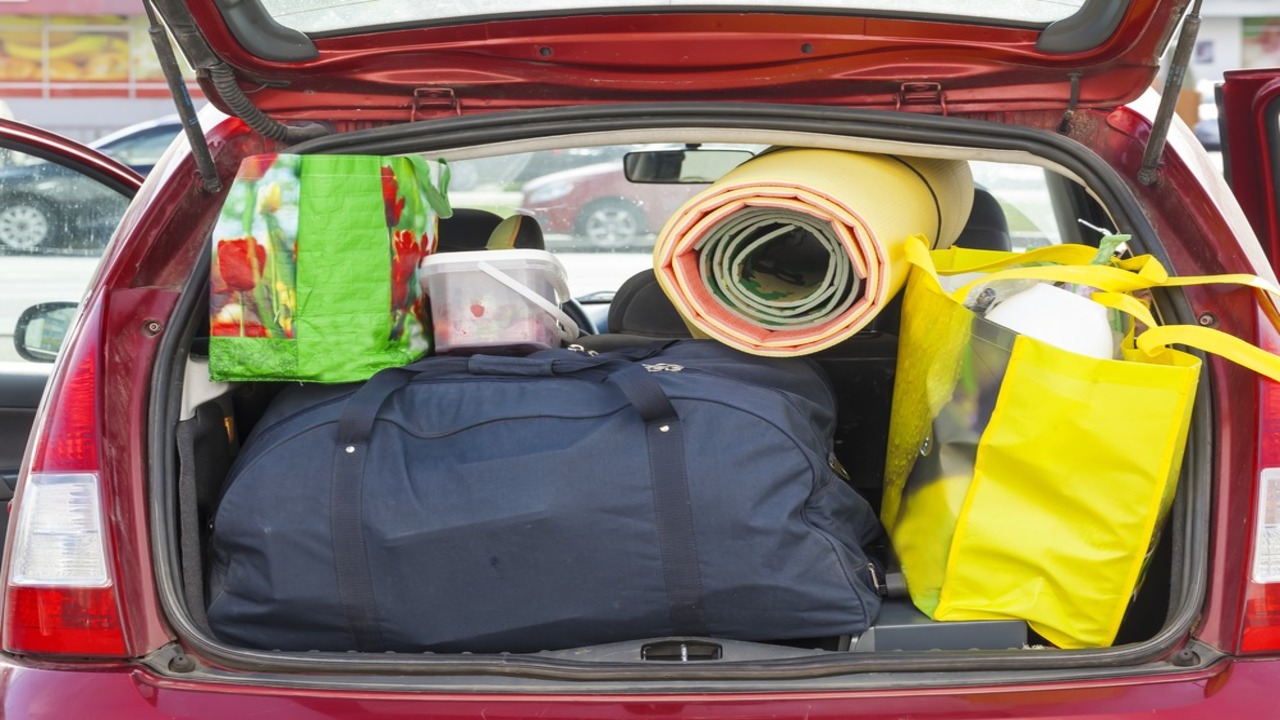
Maintaining your car rack and luggage accessories is essential if you want them to last years. These accessories are an investment; proper care and maintenance can help you save money in the long run. The first step in maintaining your car rack is to keep it clean.
Use a soft cloth and mild soap to wipe down the rack after each use, and remove any dirt or debris that may have accumulated on it. If your rack is made of metal, apply a coat of rust inhibitor to prevent rust from forming.
It is also essential to regularly check the tightness of the bolts and nuts on your rack. Loose bolts and nuts can cause your rack to shift or fall off while driving, which can be dangerous. Luggage accessories, such as cargo bags or boxes, should also be cleaned and inspected regularly.
Safe Driving With Luggage On Top Of Car
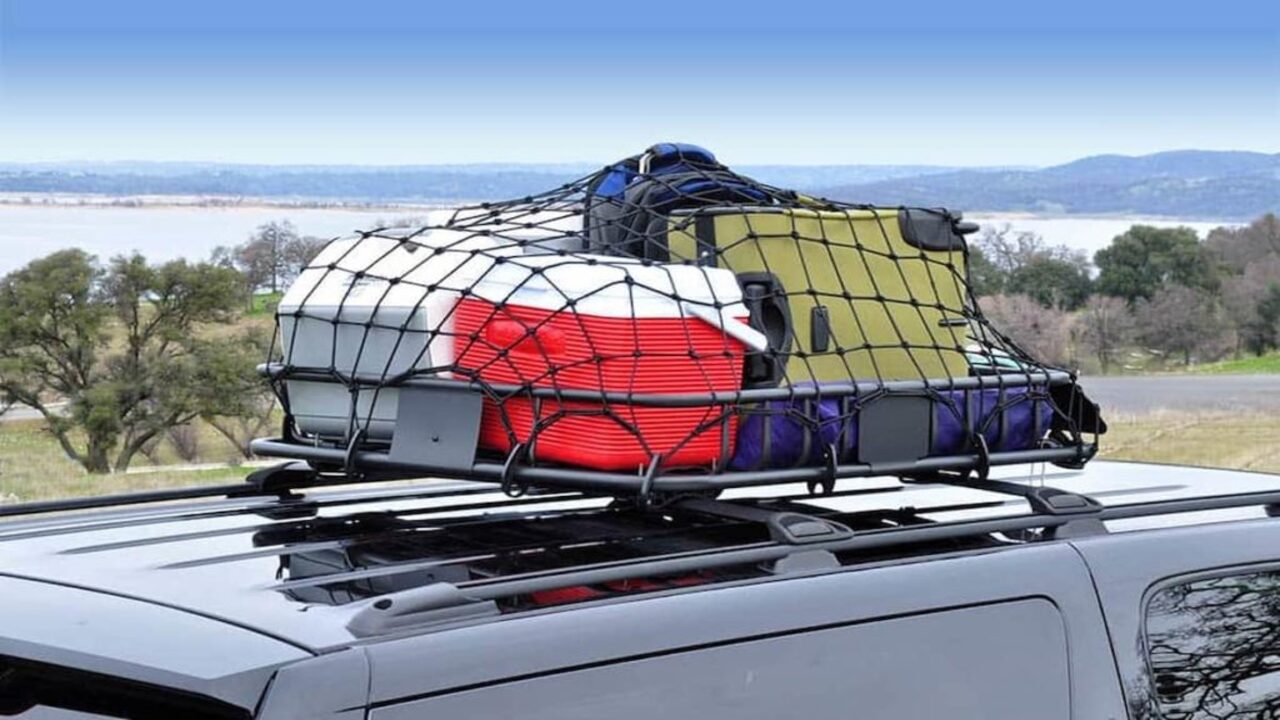
Safe driving with luggage on top of the car is essential to ensure a smooth and hassle-free journey. When packing your car for a road trip, it’s essential to consider the amount of luggage you’re carrying and its placement on the carrier.
Properly securing your luggage on the roof of your vehicle can prevent accidents and road hazards caused by loose items. A good rule of thumb is to ensure that the weight of the luggage does not exceed the vehicle’s maximum weight capacity and that it is evenly distributed on the roof.
This will help maintain the car’s balance and reduce the risk of accidents. Additionally, you should also be mindful of the height of your vehicle and your surroundings. Make sure your car is not too tall for low bridges or entrances, and do not forget to consider the extra height of your luggage when driving.
Alternative Solutions For Carrying Luggage
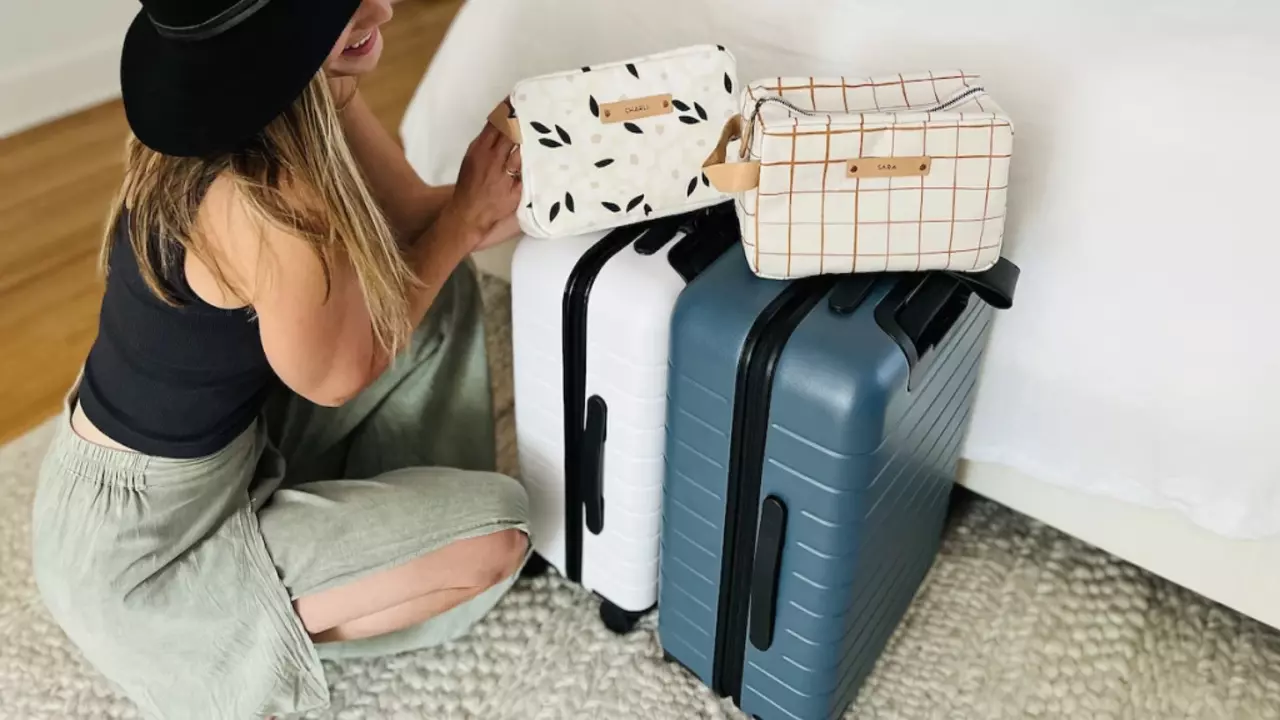
Carrying luggage can be a hassle, especially when travelling long-distance. Fortunately, with technological advancements and innovation, alternative luggage-carrying solutions exist. One such solution is the use of backpacks with wheels.
These backpacks have a retractable handle and wheels attached to the bottom, making it easy to pull along instead of carrying it on your back. Another alternative solution is using a luggage scooter. This combines a suitcase and a scooter, allowing you to ride on it like a scooter while carrying your luggage inside.
It’s a fun and efficient way to travel, especially in crowded areas. Consider using a cargo bike if you want a more eco-friendly option. These bikes have a large cargo area on the front or back where you can easily store your luggage.
Conclusion
A comprehensive guide on how to carry luggage on top of car like a pro. Whether you’re going on a road trip or need extra storage, these tips and tricks will help you quickly pack and secure your belongings. Carrying luggage in your car can seem daunting, but it doesn’t have to be.
You can quickly and safely secure your belongings in your vehicle with simple steps and helpful tips. So, don’t be afraid to hit the road with all your essentials in tow, and remember; safety always comes first.
FAQs
What Type Of Roof Rack Is Suitable For My Car?
Roof racks come in various styles, such as crossbars, roof rails, or roof baskets. The type suitable for your car depends on its design and existing mounting points. Consult your vehicle’s manual or visit an authorized dealer to determine your car’s most compatible roof rack system.
How Do I Install A Roof Rack On My Car?
Roof rack installation procedures differ from vehicle to vehicle. To install a roof rack, follow the manufacturer’s instructions provided with the rack. Typically, you’ll need basic tools like a screwdriver or wrench. If you’re unsure or uncomfortable doing it yourself, seek professional installation services.
Is It Safe To Drive At High Speeds With Luggage On The Roof?
Driving at high speeds with luggage on the roof can create additional wind resistance and affect your car’s stability. To maintain safety, avoid excessive speeds and keep within the recommended speed limits, especially if you have a loaded roof rack.
Does Carrying Luggage On The Roof Affect My Car’s Fuel Efficiency?
Carrying luggage on the roof can negatively impact your car’s fuel efficiency. The added wind resistance increases drag, leading to higher fuel consumption. Consider removing the roof rack and luggage when not in use to improve fuel efficiency.
Are There Any Driving Restrictions With Luggage On The Roof?
Some countries and states may have specific driving restrictions for vehicles with rooftop luggage. It’s essential to research and comply with local regulations to avoid fines or legal issues.

